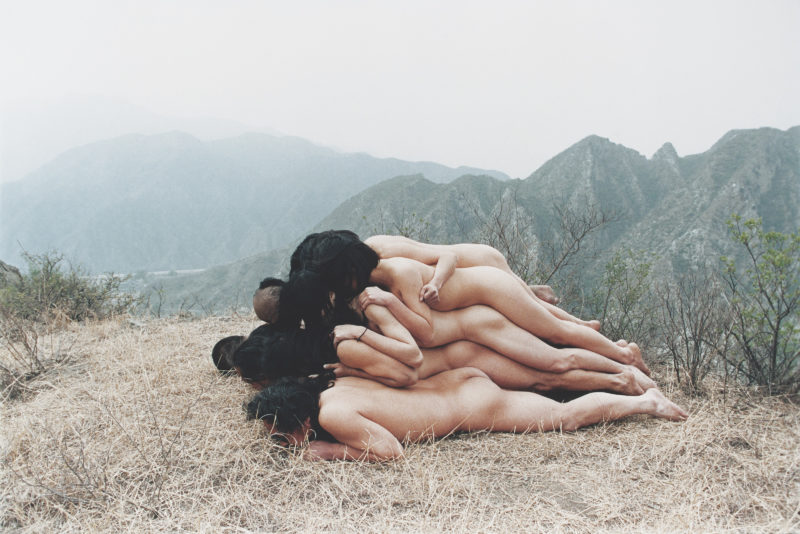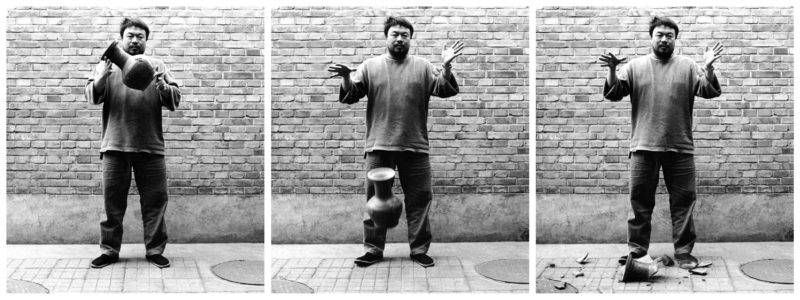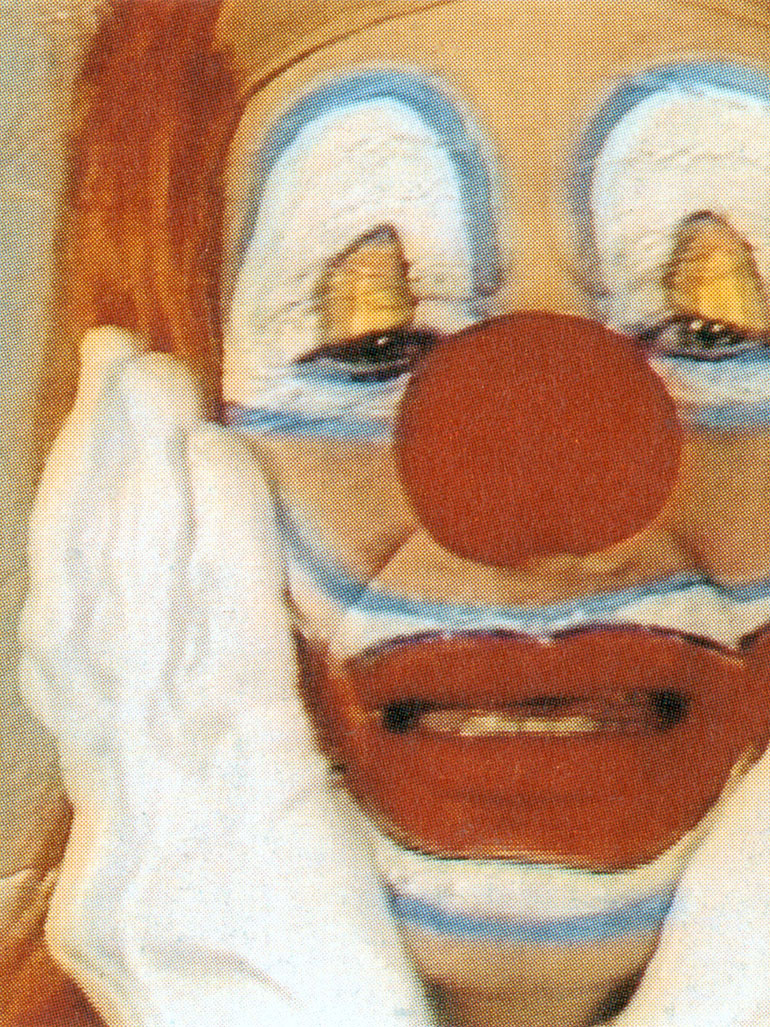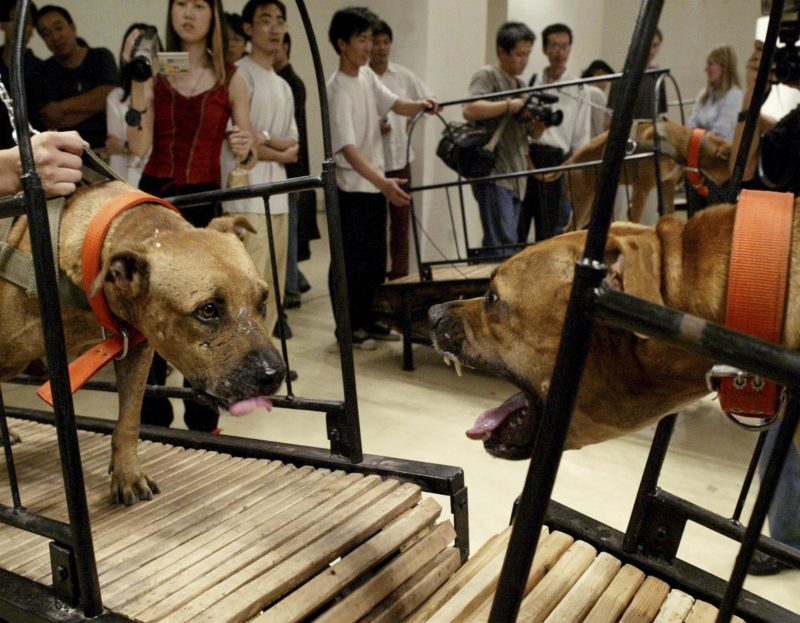
Introduction
The video work titled Dogs That Cannot Touch Each Other has only recently been removed from Guggenheim Museum’s 1 exhibition series known as Art and China after 1989: Theater of the World 23. The video series has been met with disapproval 45 and disparagement not only by some art critics but animal lovers and welfare organizations as well. Critics claim that the exhibition would have featured a series of various distinct video presentations depicting instances of unmistakable and unacceptable animal cruelty in the name of art.
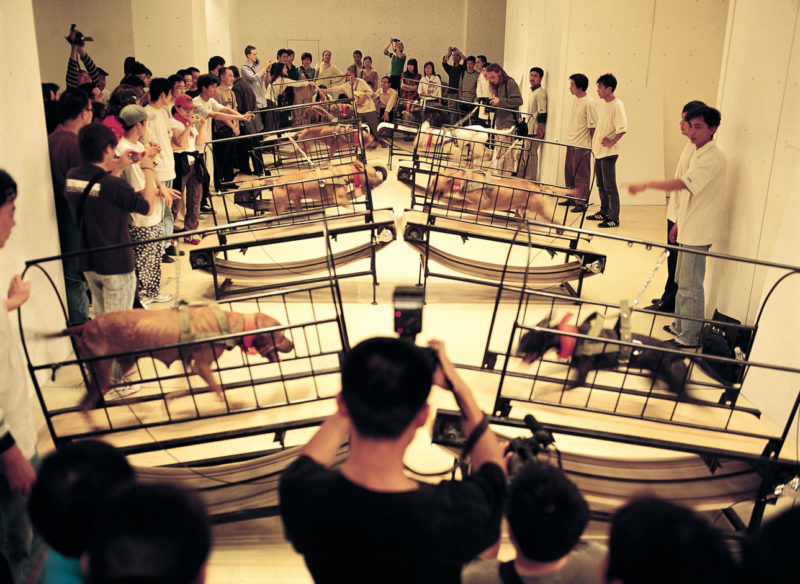
Major exhibition at the New York Guggenheim
The Art and China art series, which still takes place as programmed, is made up of more than 140 works. The series consisting of experimental and conceptual art explores the end of the Cold War 6, the rise of China 7 to become the economic and technological powerhouse it has become today, as well as the fast spread of globalization. The Art and China exhibit took over the Guggenheim on October 6th, 2017.
About the performance
The video work installation Dogs That Cannot Touch Each Other was an important part of the exhibition until the Guggenheim succumbed to pressure from the public to get rid of the video, along with two others. Sun Yuan and Peng Yu’s seven-minute-long video that was filmed during a performance that took place in a Beijing 8 museum back in 2001 featured four pairs of American pit bulls that have been placed face to face on non-motorized treadmills. The pit bulls, which appear aggressive in the video, keep trying to charging at one another without success since they are attached to the non-motorized treadmills. As the dogs get wearier and more frustrated, their mouths increasingly salivate, a fact that has angered many animal lovers and critics.
Sun Yuan and Peng Yu – Dogs Which Cannot Touch Each Other, 2003, 8 Bull Terriers, 8 Running Machines Without Drive
Two other works were removed from the exhibition
The other two pieces set to be removed from the exhibition are conceptual artist Huang Yong Ping’s 9 piece Theater of the World 1011 which was created in 1993 and Xu Bing’s 12 video from 1994. The Theater of the World would have featured a dome made out of steel, wood and wire mesh with heating lamps inside. The dome would have contained a mixture of reptiles and all manner of insects that would have decreased as the exhibition continued showing; some insects would have been devoured or died of exhaustion only to be replaced by a local pet supply shop.
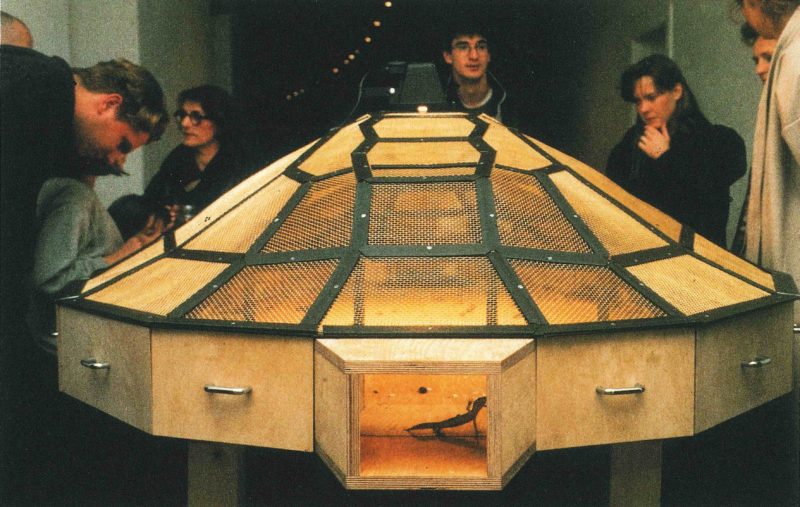
Xu Bing’s video from 1994 titled A Case Study of Transference would have included two live boars covered in stamps having sex in front of people.
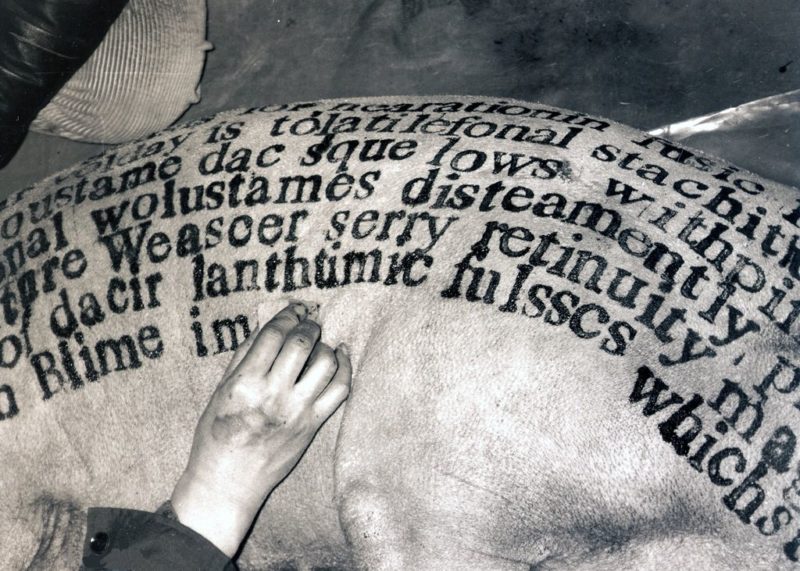
All three pieces were to be featured prominently in the show. They would have captured the theme of the exhibition perfectly as they would have displayed the power and the evolving might of China as a country in a contemporary world.
Works that remained in the exhibition
Zhang Huan’s To Add One Meter to an Anonymous Mountain 1314 performance and Ai Weiwei’s Dropping a Han Dynasty Urn 1516 were amongst other important works in what was the largest exhibition of contemporary art from China that has ever been mounted in North America.
